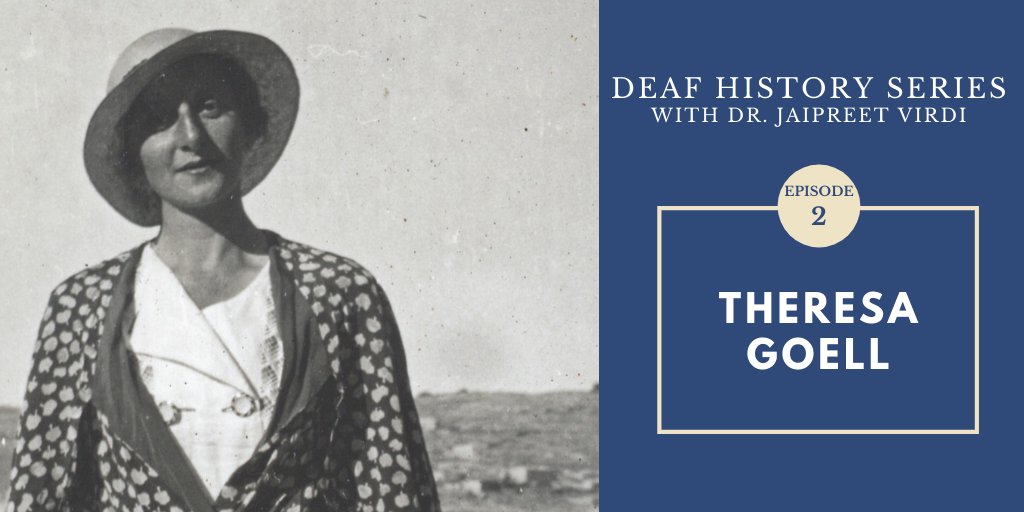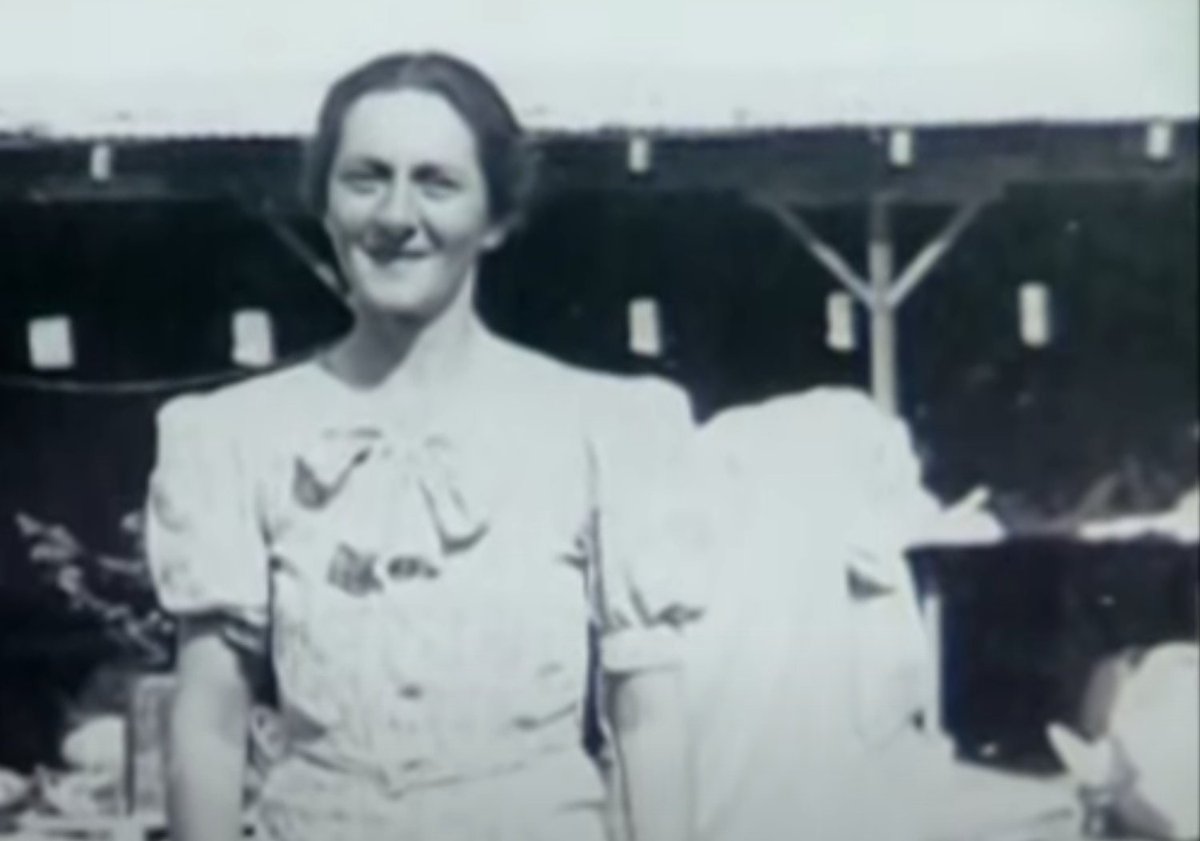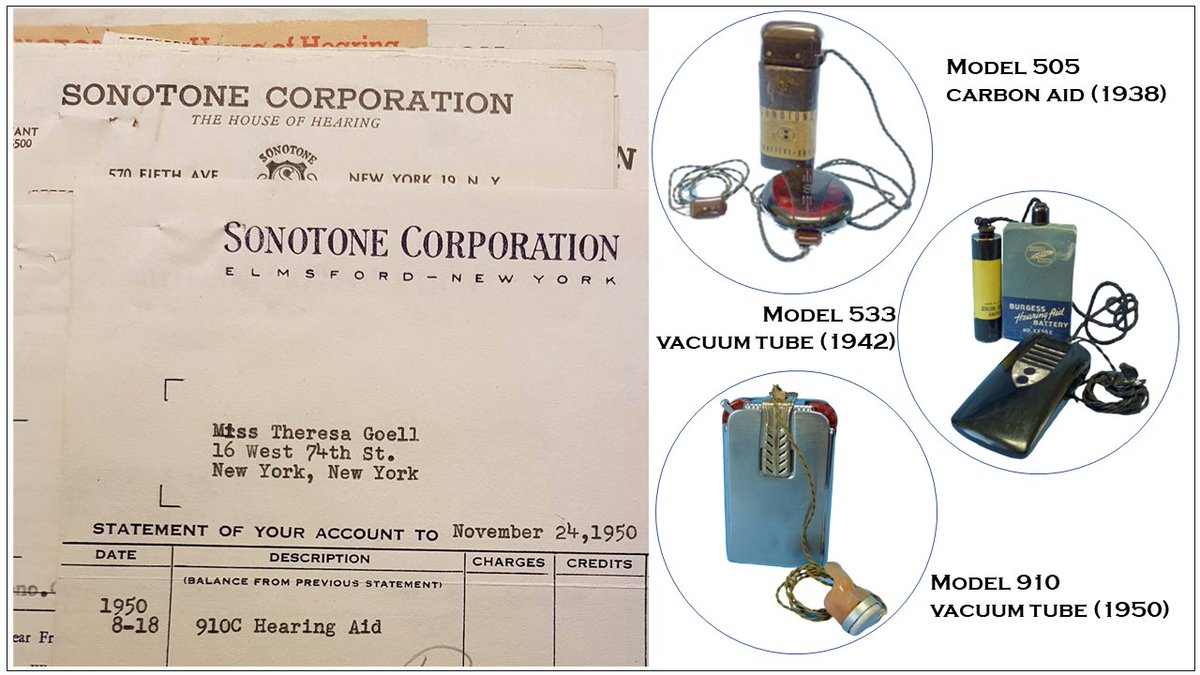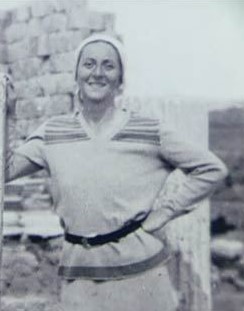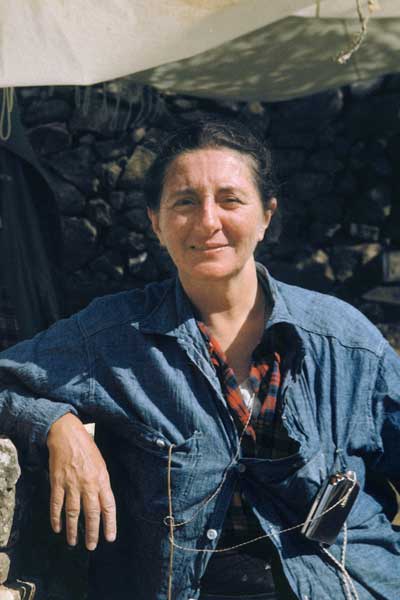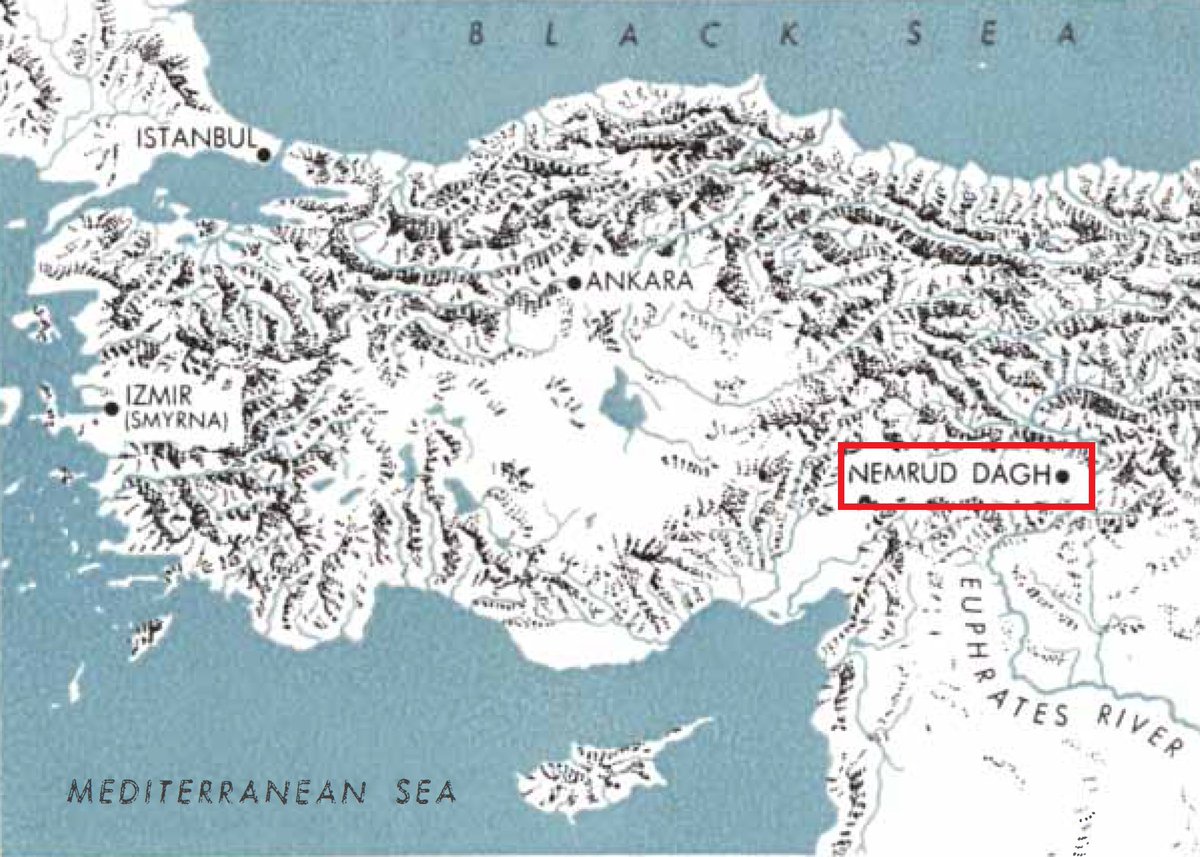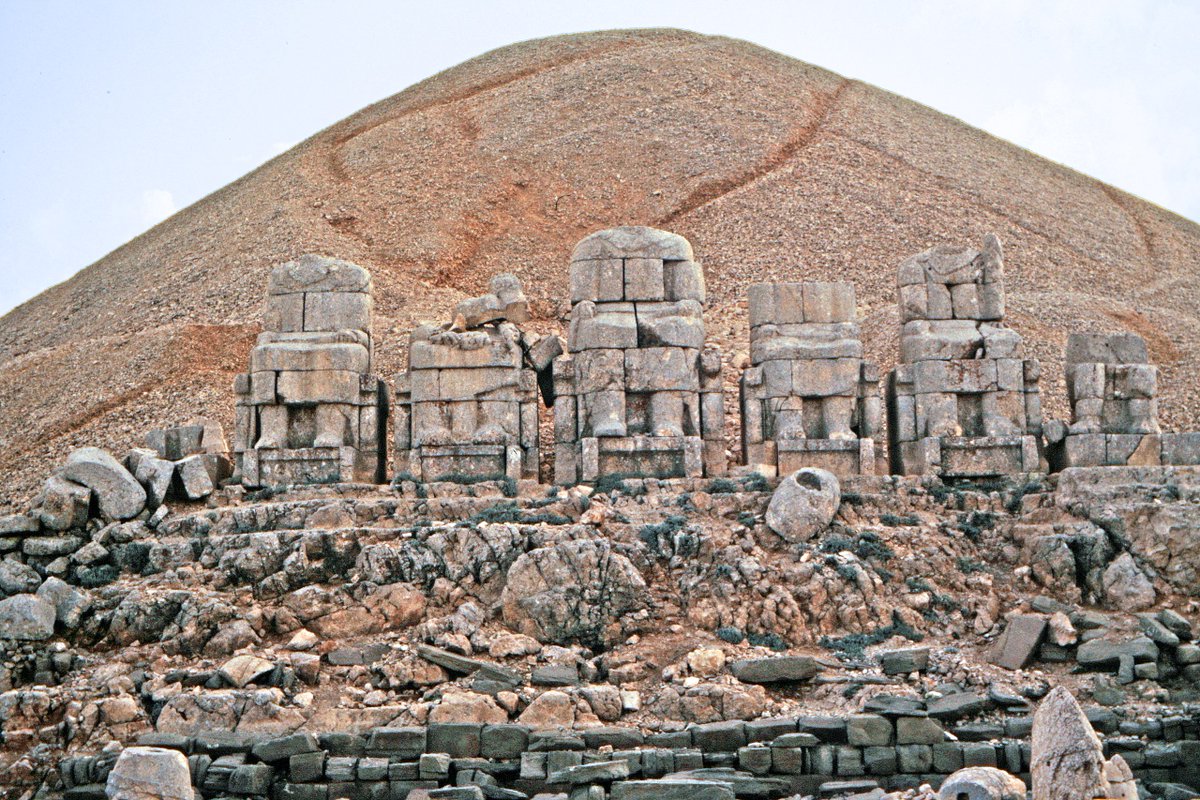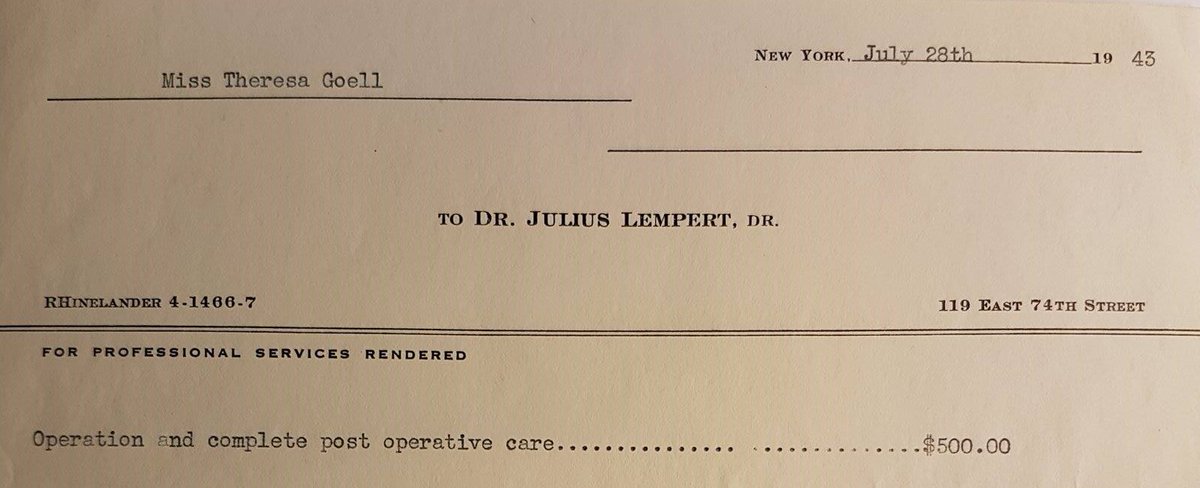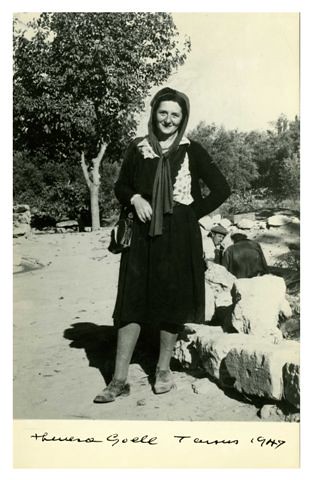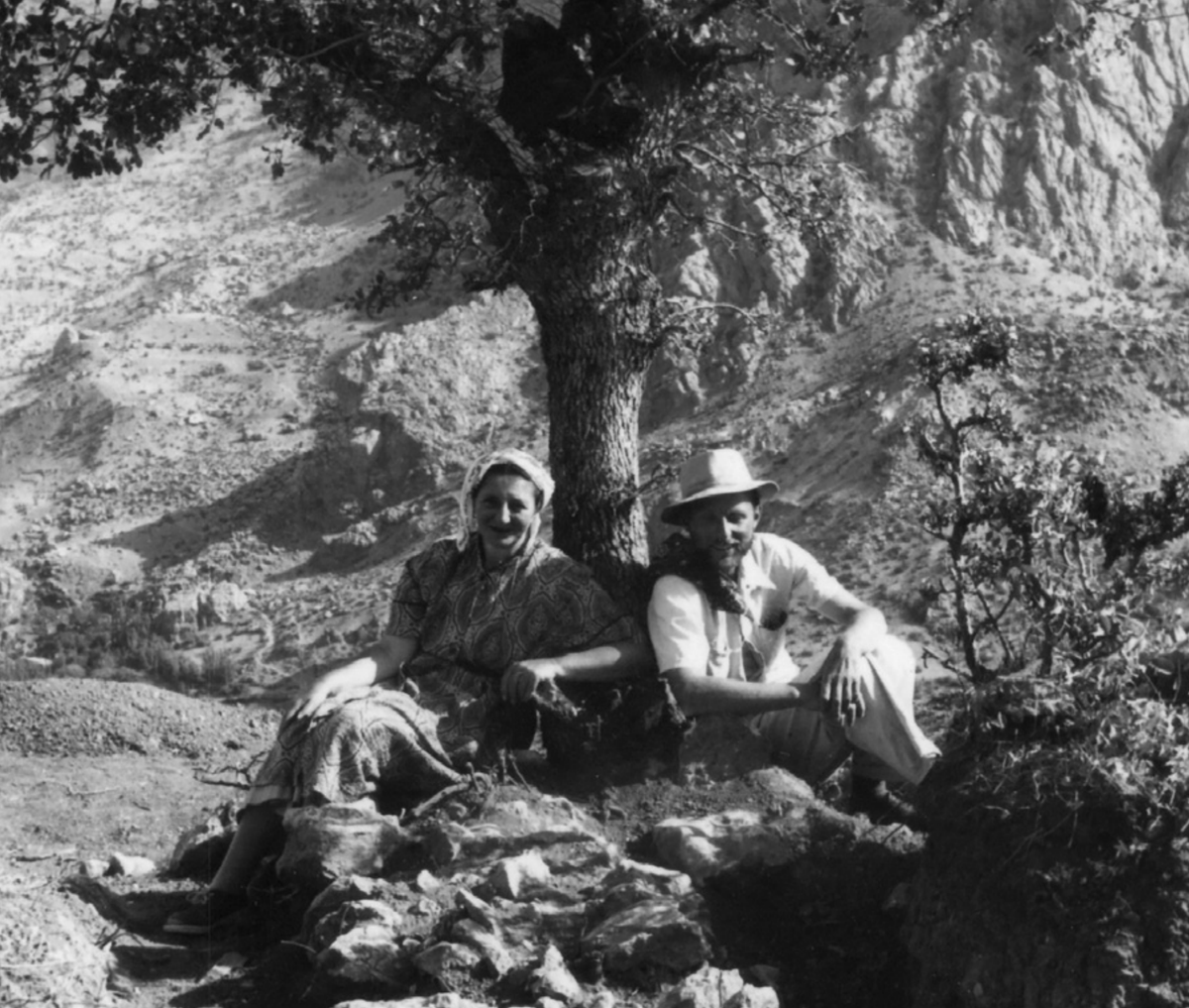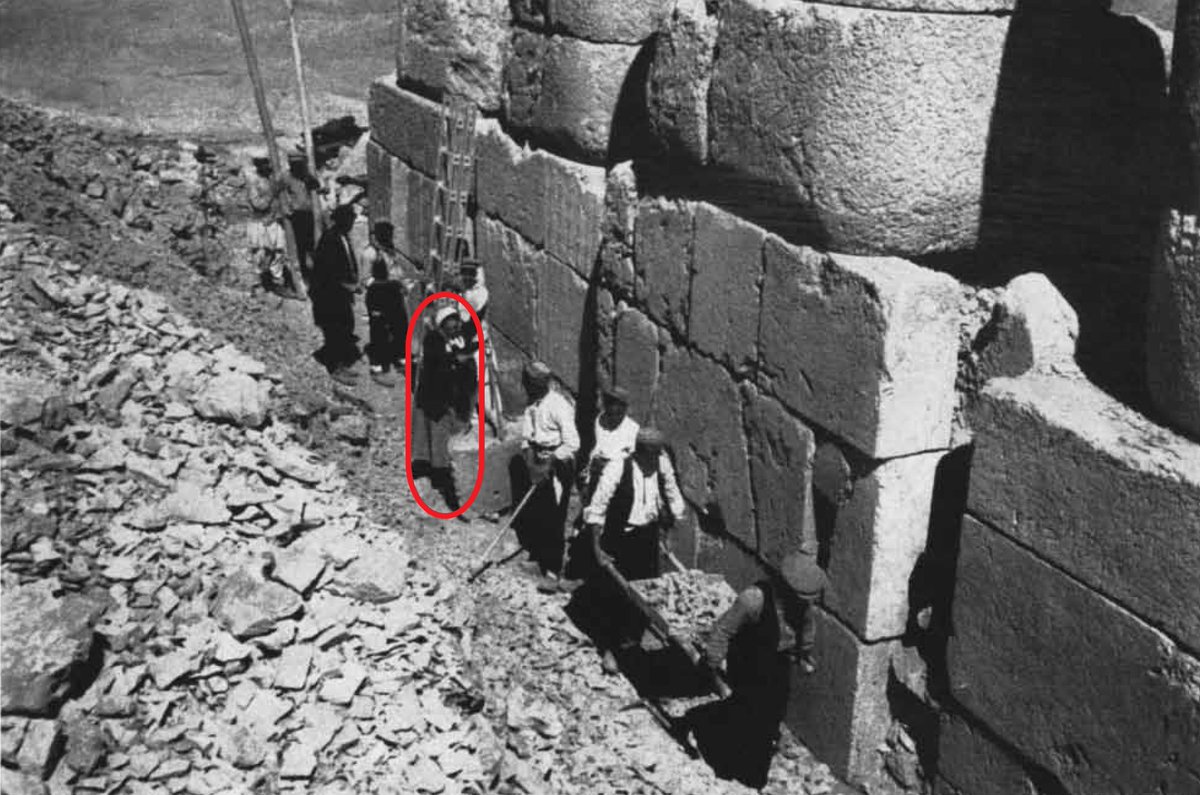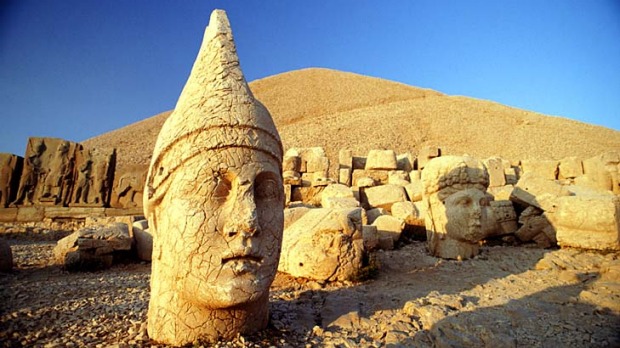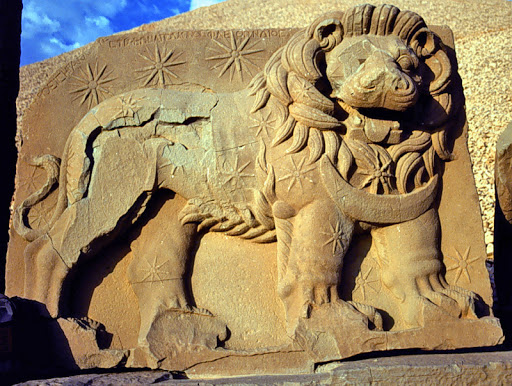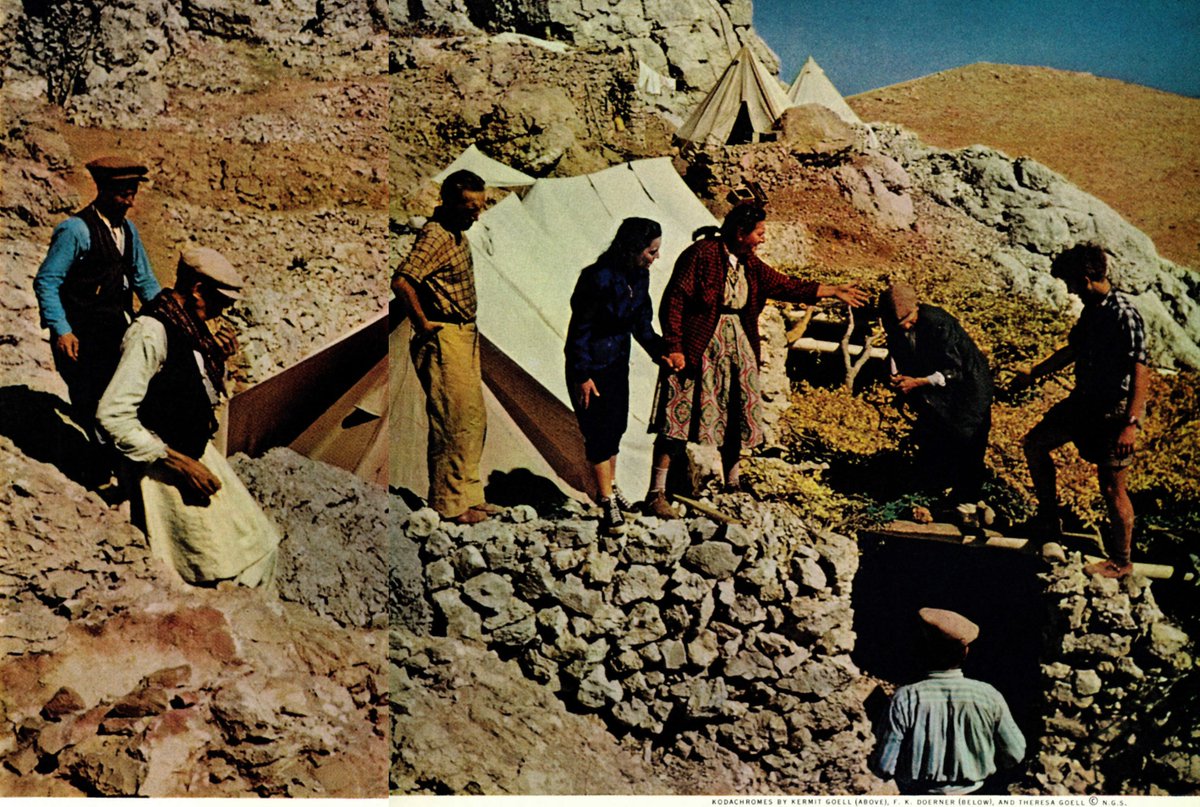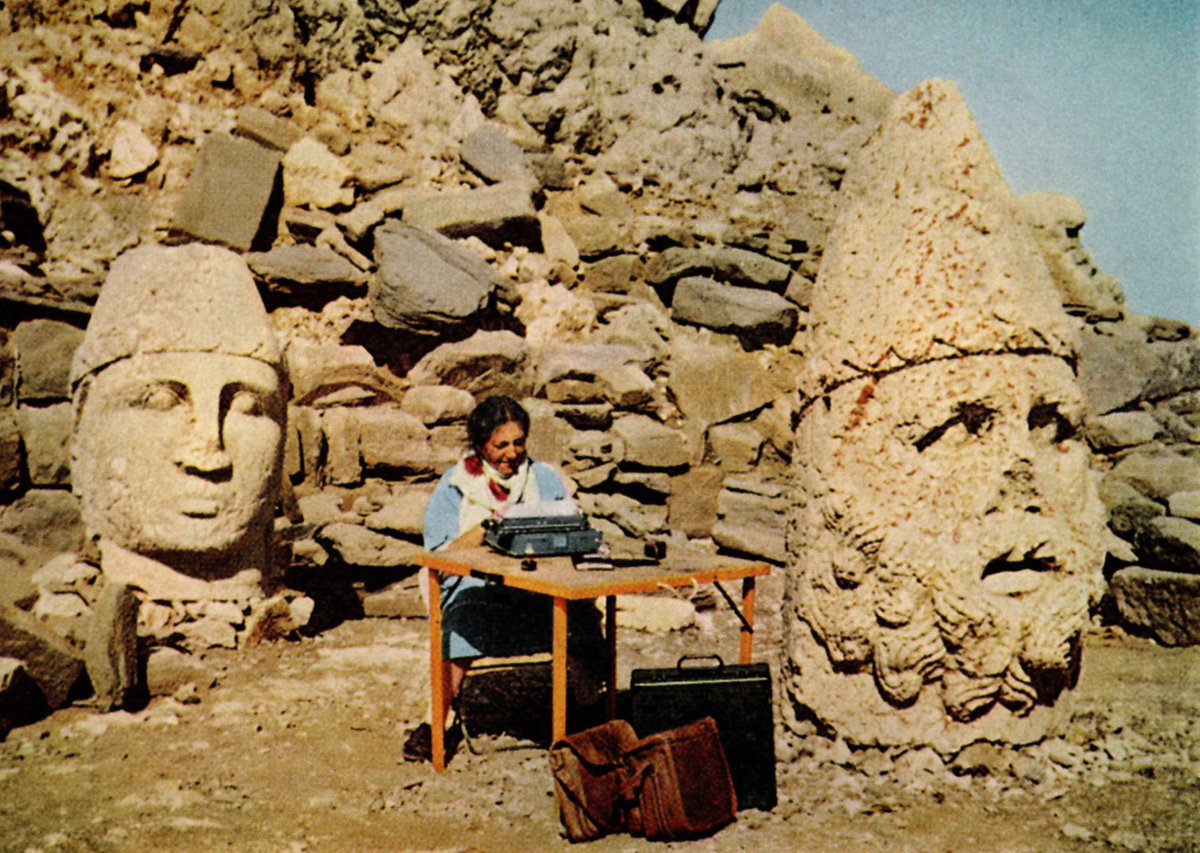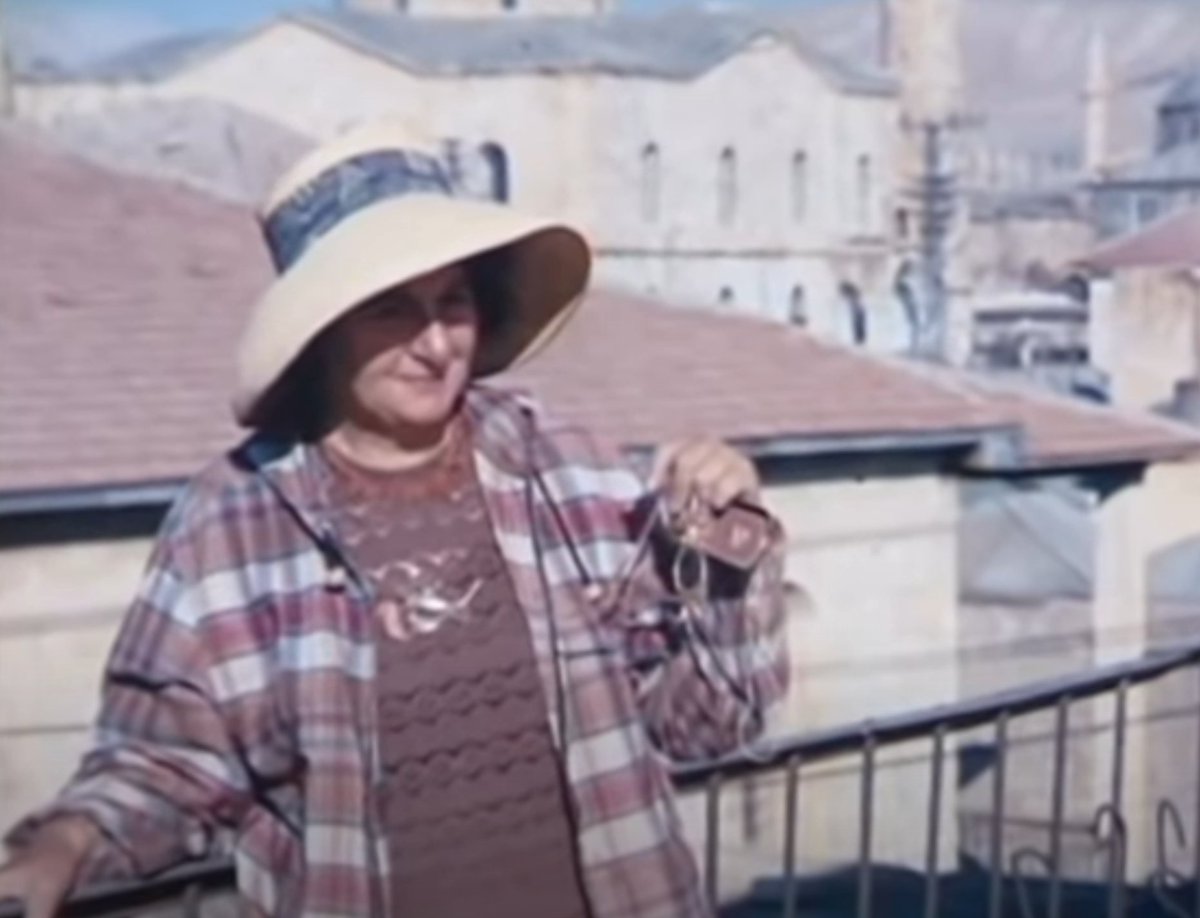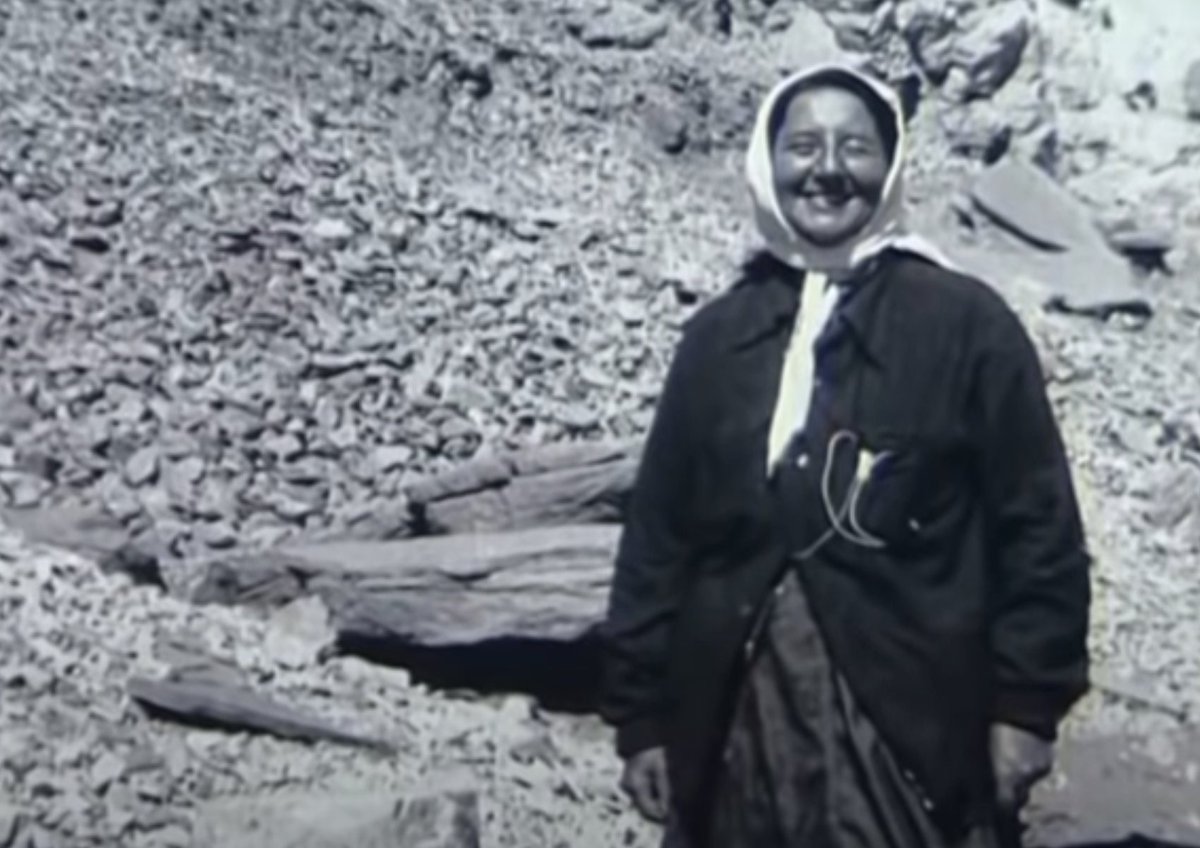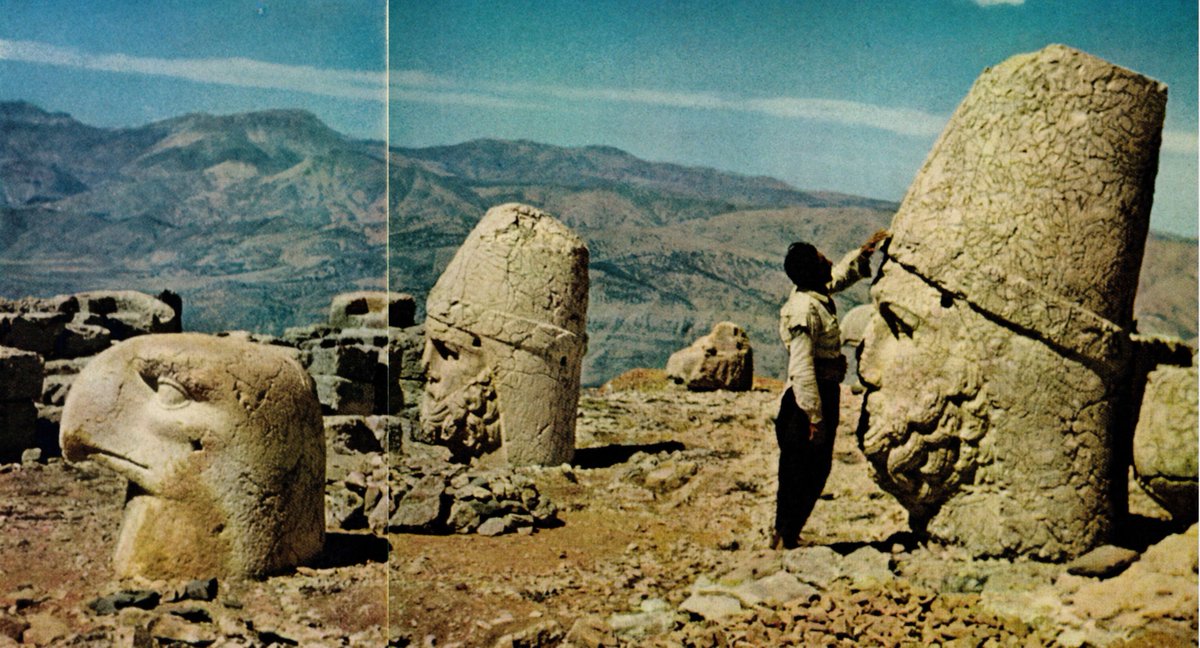Welcome back for another episode of #DeafHistorySeries !
Nicknamed “Queen of the Mountain,” American archaeologist Theresa B. Goell (1901-1985) spent thirty years searching for the resting tomb of Antiochus I (69-36 BCE), king of Commagene, an ancient Greco-Iranian kingdom.
Nicknamed “Queen of the Mountain,” American archaeologist Theresa B. Goell (1901-1985) spent thirty years searching for the resting tomb of Antiochus I (69-36 BCE), king of Commagene, an ancient Greco-Iranian kingdom.
“I think I’ve been interested in archaeology—or something like it—since I was a child…I was always taking things apart, and my love of working things out with my hands has never left me.”
Born in Manhattan, Goell was raised in an Orthodox Jewish household.
Born in Manhattan, Goell was raised in an Orthodox Jewish household.
In 1920s, while at Radcliffe College, Goell was diagnosed with otosclerosis, a progressive disorder causing hearing loss. She wore hearing aids & learned to lipread. She graduated in 1923, married Cyrus Levinthal & had a son, Jay.
(Pic: some of her hearing aids over the years)
(Pic: some of her hearing aids over the years)
The couple moved to Cambridge, UK, but their marriage didn’t last. They divorced in 1932.
Interested in archaeology, Goell she went to work at the American Schools of Oriental Research in Jerusalem, until political turmoil in the Middle East forced her to return to NYC.
Interested in archaeology, Goell she went to work at the American Schools of Oriental Research in Jerusalem, until political turmoil in the Middle East forced her to return to NYC.
In 1938, Goell enrolled in the Institute of Fine Arts to study archaeology and would be supervised by Karl Lehmann.
Though encouraging Goell to do archaeology & site work, Lehmann advised her not to pursue a PhD, explaining her age, sex, and deafness were limiting.
Though encouraging Goell to do archaeology & site work, Lehmann advised her not to pursue a PhD, explaining her age, sex, and deafness were limiting.
Lehmann introduced Goell to Nemrud Dağ (Mount Nemrut), a mountain in southeastern Turkey with the burial site of Aniochos I at the summit in a hierothesion (temple-tomb). For 2,000 years, the site remained untouched.
It would become Goell’s obsession.
It would become Goell’s obsession.
It appears that Goell attempted to treat her deafness.
In 1946 surgeon Julius Lempert performed a fenestration operation for Goell’s otosclerosis. Though media reports claimed Lempert’s maneuver could cure 96% of all deafness cases, it didn’t for Goell.
In 1946 surgeon Julius Lempert performed a fenestration operation for Goell’s otosclerosis. Though media reports claimed Lempert’s maneuver could cure 96% of all deafness cases, it didn’t for Goell.
In 1946, upon invitation from archaeologist Hetty Goldman, Goell headed to Turkey, despite being told it was not safe for her as a single, deaf, Jewish woman. Working in a male-dominated profession and travelling to an area where western women were rarely seen was also difficult.
By 1951, Goell raised funds, obtained permits & hired workers to excavate the site. German epigrapher Friedrich Karl Dörner also obtained permits, forcing the two to collaborate together at Nemrud Dağ.
Over the years, they uncovered colossal monuments and Hellenistic sculpture.
Over the years, they uncovered colossal monuments and Hellenistic sculpture.
Goell forged connections with the Kurds living at the village of Kahta, providing job opportunities, bringing medicines (especially penicillin), and even mediating disputes between government officials and tribal leaders. She refused a translator and learned Turkish & Kurdish.
The climate at Nemrud Dağ (summer temps could reach 130°F) & the dirt/dust at the excavation site caused Goell’s hearing aids to act up. She regularly wrote to her hearing aid dealer requiring repairs & extra batteries. During one trip, she even packed 3 hearing aids to be safe.
As Goell approached old age, her hearing & health worsened.
In a 1976 visit to Germany, she became paralyzed; doctors found a tumor on her spine and performed surgery. This complicated her ability to continue working at the site & she never finished her archaeological report.
In a 1976 visit to Germany, she became paralyzed; doctors found a tumor on her spine and performed surgery. This complicated her ability to continue working at the site & she never finished her archaeological report.
Theresa Goell died in 1985 from cancer, never having located the tomb of Antiochus I.
At her wishes, her brother spread her ashes on the top of Nemrud Dağ. 11 years later, archaeologist Donald Sanders completed her excavation report.
At her wishes, her brother spread her ashes on the top of Nemrud Dağ. 11 years later, archaeologist Donald Sanders completed her excavation report.
Her story was featured in a 2005 documentary directed by her niece, Martha Goell Lubell, *Queen of the Mountain* as well as a 2001 episode of History’s Mysteries. https://www.youtube.com/watch?v=KLcuE4TJSdQ">https://www.youtube.com/watch...

 Read on Twitter
Read on Twitter